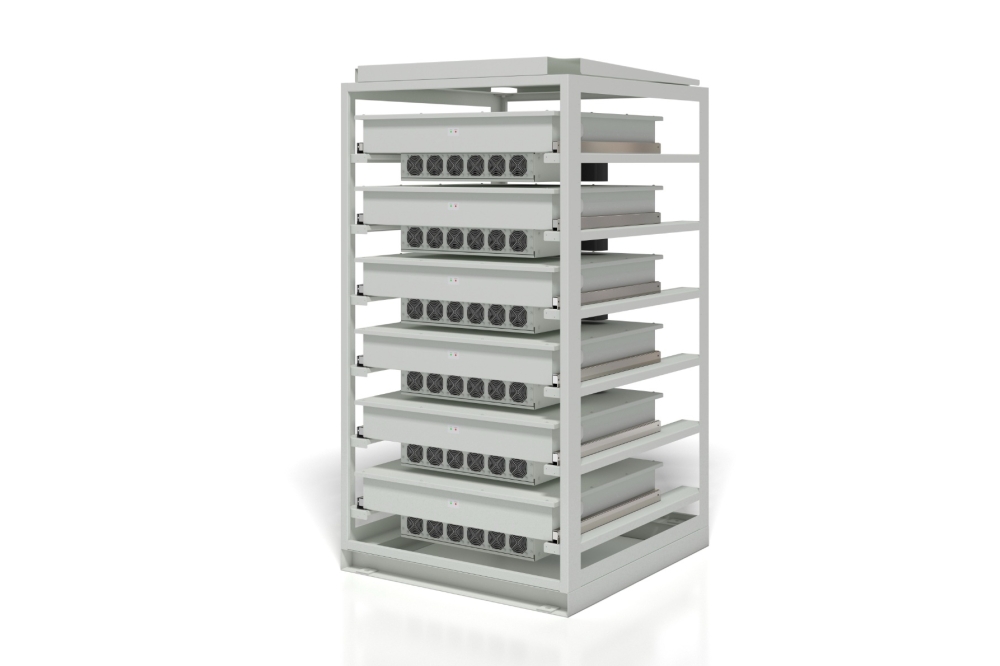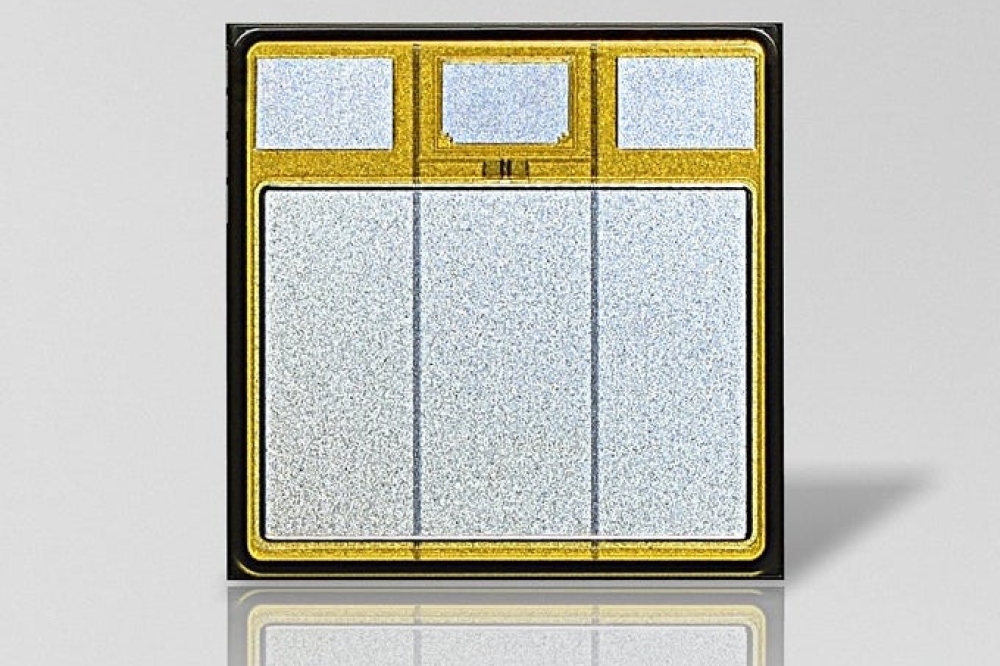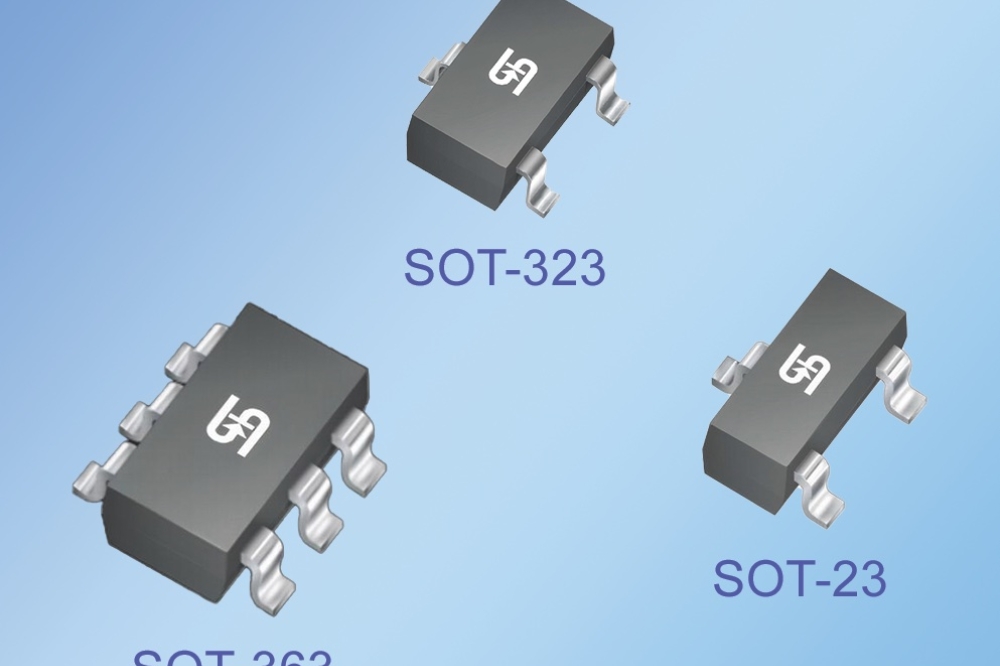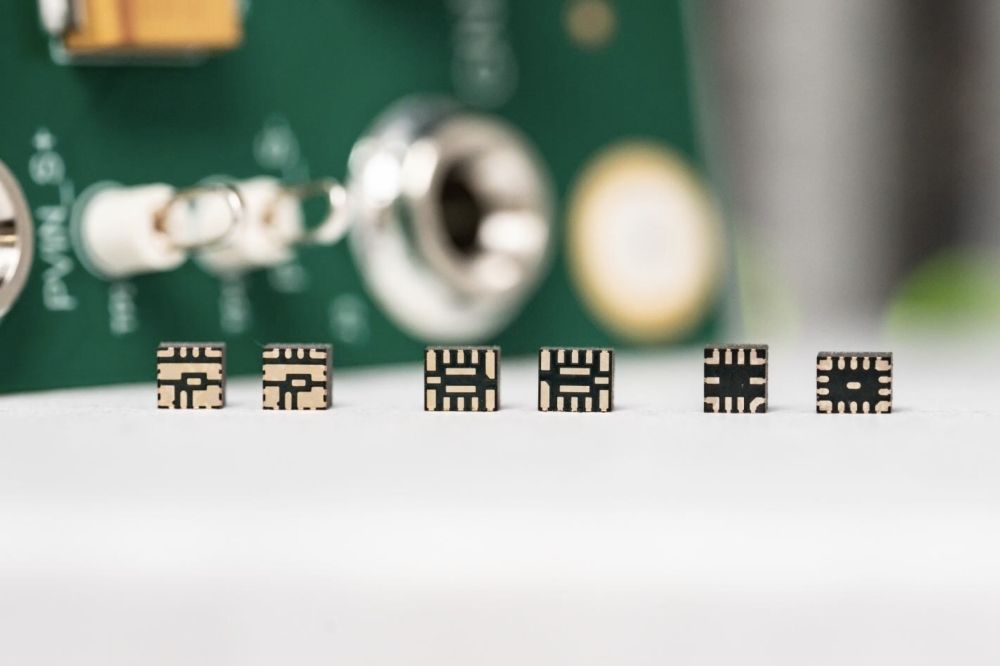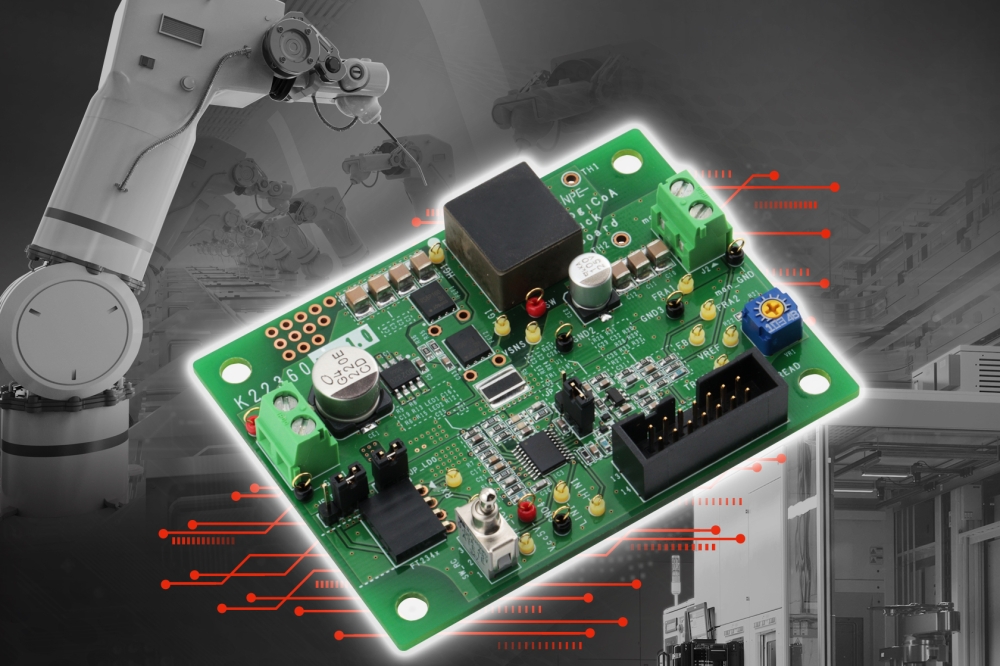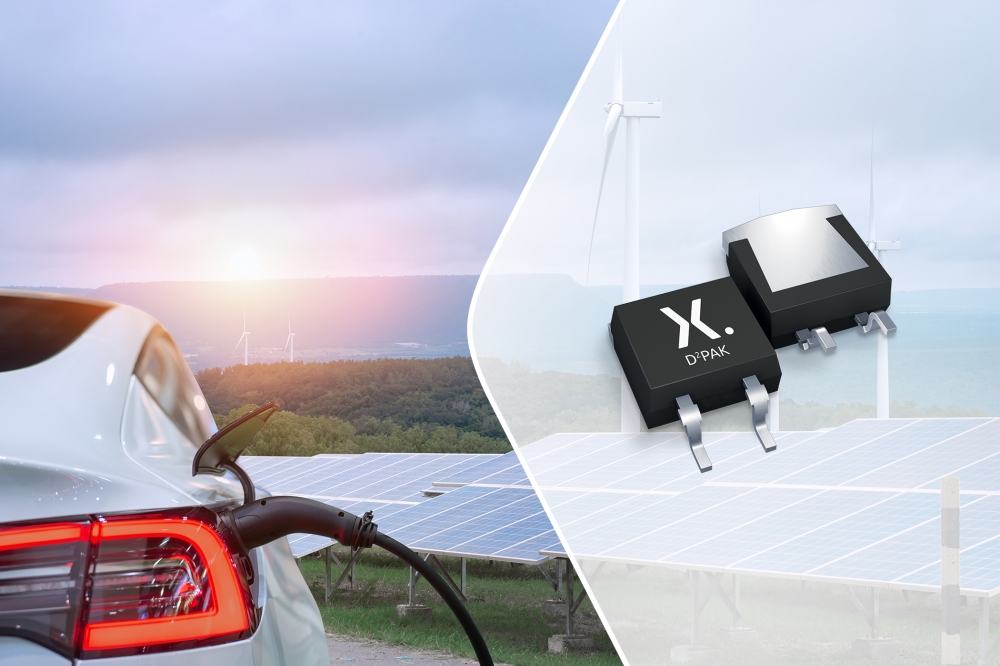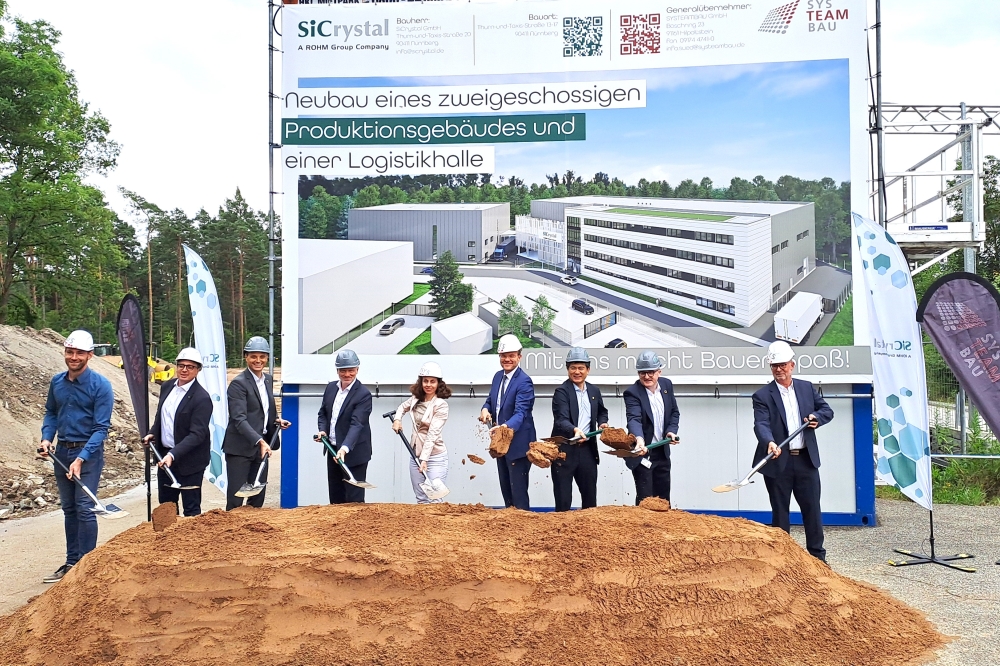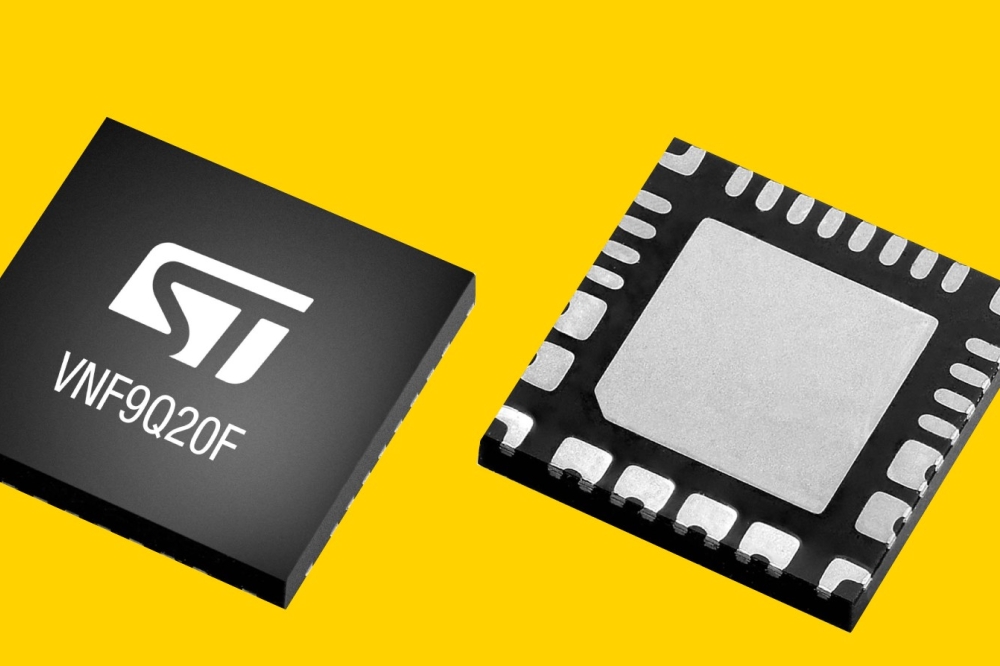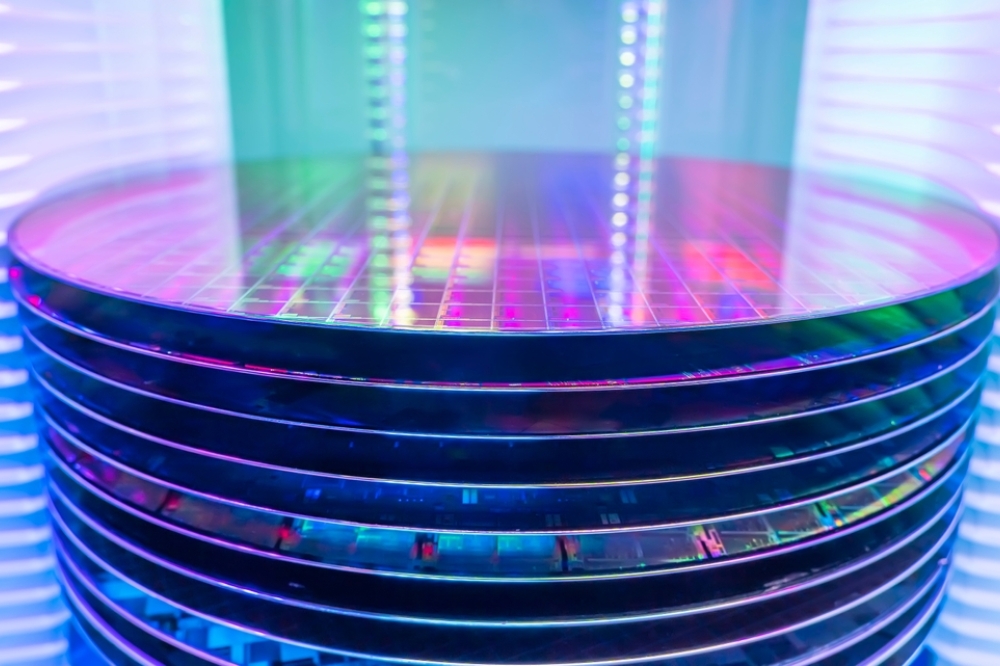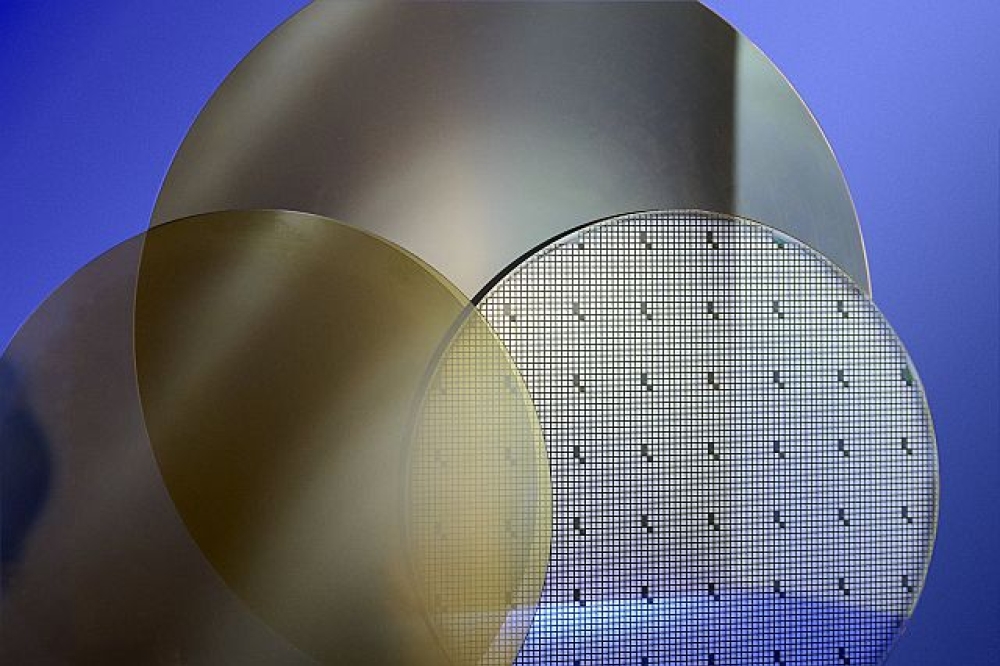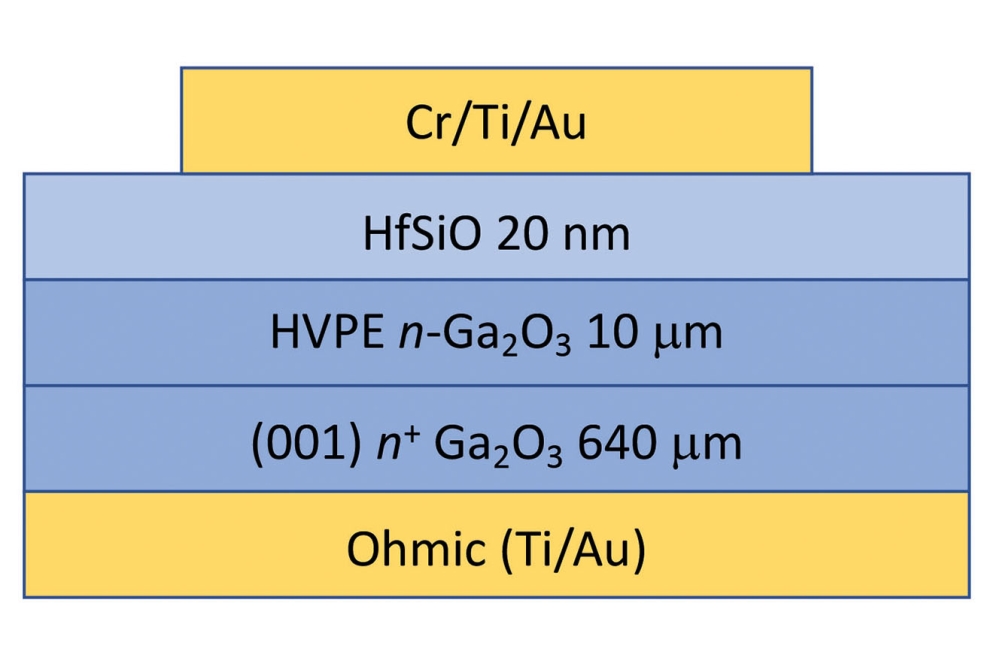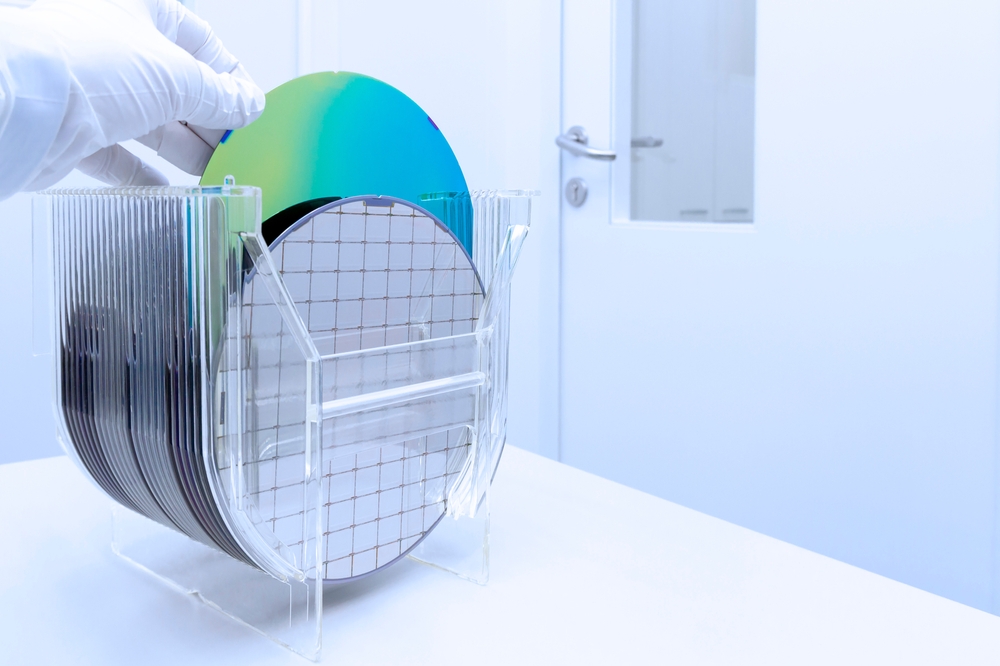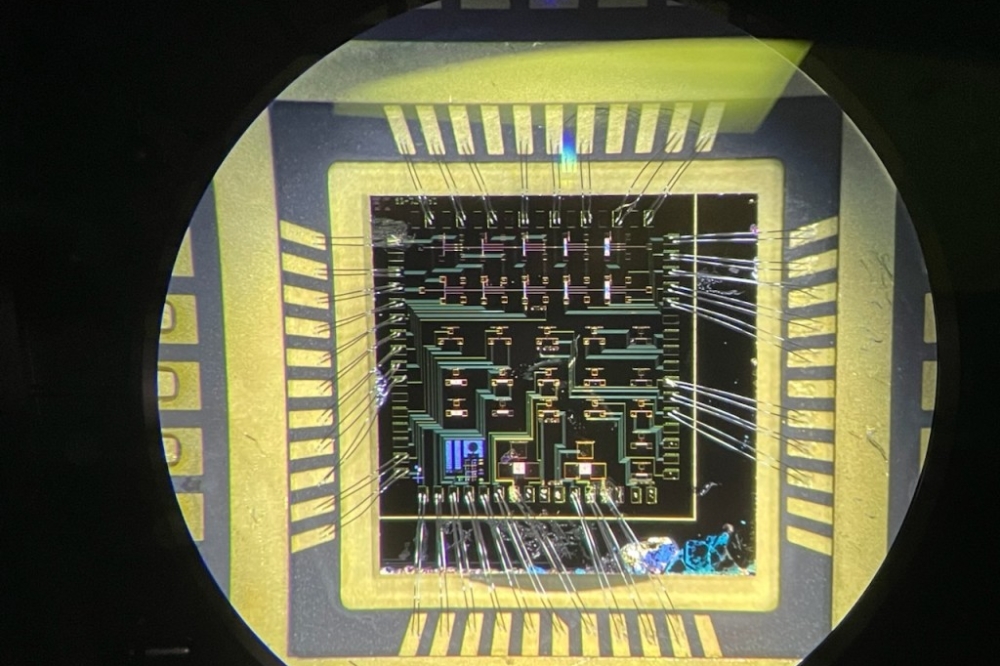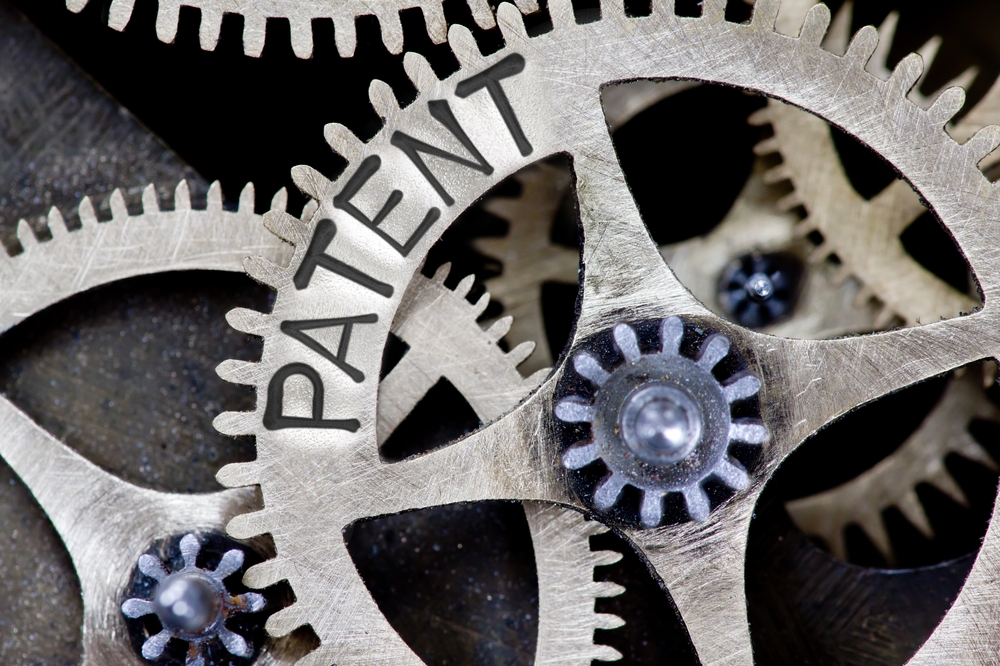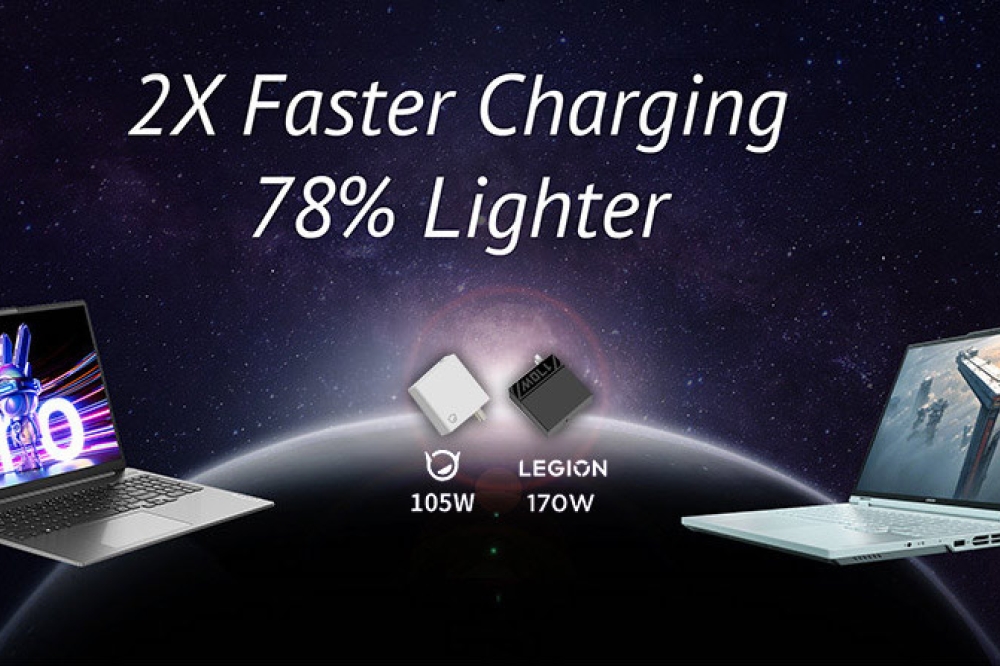EA Elektro-Automatik releases Power Survey results
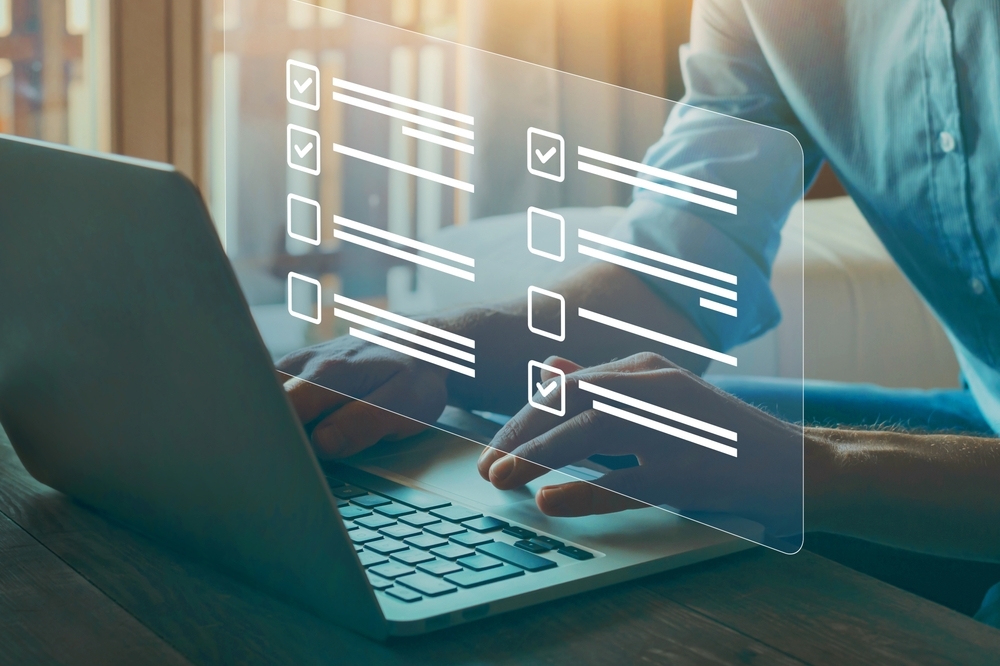
Respondents indicate the need for more high-power testing and greater instrument functionality
EA Elektro-Automatik, a manufacturer of DC programmable power supplies, bidirectional power supplies and regenerative loads, has published the results of a 'State of Power' survey on how electronic engineers envision changes in the types of measurements they'll require in the coming years.
Engineers indicated a move toward more high-power testing, a heavy emphasis on sustainability/renewables-driven applications and a reliance on remote monitoring in their responses. The EA Elektro-Automatik State of Power survey included responses from 365 design and production test engineers.
The majority of respondents, 64 percent, indicated that future design and test projects will require an increase in their power supply voltage levels. Sixty percent expect the future need to source greater than 500 W, with 13 percent of those engineers requiring at least 10,000 W.
"We see this need for higher-power performance widely in the renewable energy sectors we serve, such as automotive battery and EV development, along with solar and wind applications," said EA Elektro-Automatik Americas managing director Eric Turner. "It extends to the high voltage power needed to drive the data centre industry's server farms. We see all of these industries demanding higher voltage and wattage power supplies to reduce current draw, which in turn reduces the cost of cabling."
Other findings from the EA State of Power survey include:
- Forty-eight percent rate the importance of energy savings with selecting a new power "extremely important."
- Fifty-one percent "strongly agree" that sourcing and sinking in one instrument would be a cost-effective solution in their applications.
- Twenty-four percent need voltage levels at 1001 V or higher when testing new products.
- Bidirectional power supplies that can both source and sink in a single instrument were popular among both design and production test engineers. Eighty-six percent of design engineers and 91 percent of production engineers indicated that sourcing/sinking in one instrument would be cost-effective.
"This imperative for multi-functional instrumentation is particularly prevalent in battery, solar cell and fuel cell development and production test," added Turner. "The survey indicated that 90 percent felt that battery and fuel cell simulation test was either moderately or extremely important, and that matches the demand we see in the field for increasingly sophisticated all-in-one test capabilities.
In addition to future power requirements, the survey covers power supply performance requirements, the need for communication with power supplies in remote locations, and the importance of energy efficiency.


